Nestled in the heart of the Atlantic Ocean, the Azores archipelago remains one of Europe’s best-kept secrets. This Portuguese autonomous region, composed of nine volcanic islands, offers a breathtaking blend of untouched landscapes, rich biodiversity, and a culture steeped in seafaring history. Unlike the crowded beaches of the Mediterranean or the well-trodden paths of mainland Europe, the Azores provide an escape into a world where nature still reigns supreme. The islands’ dramatic cliffs, emerald-green lakes, and thermal springs create an otherworldly atmosphere, making it a paradise for adventurers and solitude-seekers alike.
The Azores’ isolation has played a crucial role in preserving their pristine beauty. Located roughly 1,500 kilometers west of Lisbon, the archipelago feels like a world apart. The islands were uninhabited until the 15th century when Portuguese explorers stumbled upon them, and even today, their remote location ensures that mass tourism has yet to take hold. Visitors are greeted by rolling hills dotted with hydrangeas, crater lakes that shimmer in shades of blue and green, and coastal villages where time seems to stand still. The absence of sprawling resorts and commercialized attractions allows the Azores to maintain an authenticity rarely found in modern travel destinations.
Nature’s untamed masterpiece is perhaps the most fitting description of the Azores. The islands are a haven for outdoor enthusiasts, offering everything from hiking along volcanic ridges to diving in crystal-clear waters teeming with marine life. São Miguel, the largest island, is home to the stunning Sete Cidades, a twin lake nestled inside a volcanic crater. The contrasting blue and green waters, surrounded by lush vegetation, create a scene straight out of a fairy tale. Meanwhile, Pico Island boasts Portugal’s highest peak, Mount Pico, a challenging climb that rewards hikers with panoramic views of the Atlantic stretching endlessly to the horizon.
The marine ecosystem surrounding the Azores is equally mesmerizing. The archipelago sits at the crossroads of migratory routes for whales and dolphins, making it one of the best places in the world for cetacean watching. Sperm whales, blue whales, and playful dolphins are frequently spotted off the coast, drawing wildlife enthusiasts from around the globe. The islands’ commitment to sustainable tourism ensures that these majestic creatures are protected, with strict regulations in place to minimize human impact on their natural habitat.
Culture and tradition in the Azores are deeply intertwined with the sea. For centuries, the islanders have relied on fishing and whaling for survival, though the latter has since been replaced by whale-watching tourism. The influence of this maritime heritage is evident in the local cuisine, which features fresh seafood, hearty stews, and unique dishes like cozido das furnas, a meal slow-cooked using volcanic heat. Festivals celebrating the islands’ patron saints are vibrant affairs, with processions, folk music, and traditional dances that reflect the Azorean spirit of community and resilience.
Despite their rugged beauty, the Azores remain accessible to travelers seeking both adventure and relaxation. Direct flights from major European cities have made the islands easier to reach, yet they retain an air of exclusivity. Whether it’s soaking in geothermal hot springs, exploring hidden waterfalls, or simply savoring a cup of locally grown tea—the Azores’ only tea plantation is located on São Miguel—the archipelago promises an experience unlike any other. As the world becomes increasingly interconnected, the Azores stand as a reminder of the raw, unspoiled wonders that still exist for those willing to venture off the beaten path.
The future of the Azores hinges on balancing growth with preservation. Local authorities and residents are acutely aware of the delicate ecosystem they inhabit, and efforts are underway to promote eco-friendly tourism. From renewable energy projects to conservation initiatives protecting endemic species like the Azores bullfinch, the islands are setting an example for sustainable development. For now, the Azores remain a sanctuary where the Atlantic’s wild beauty can be experienced in its purest form—a hidden paradise waiting to be discovered, but never to be tamed.

By /Aug 5, 2025

By /Aug 5, 2025

By /Aug 5, 2025

By /Aug 5, 2025

By /Aug 5, 2025
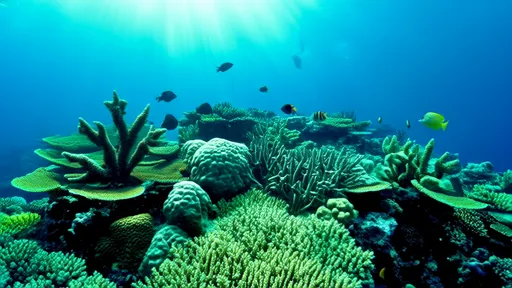
By /Aug 5, 2025
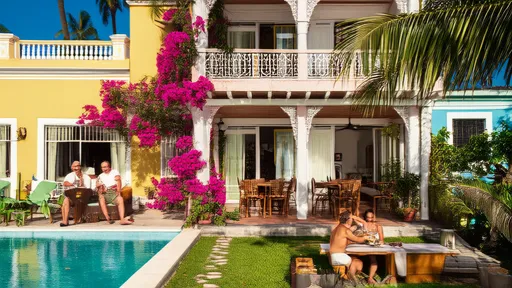
By /Aug 5, 2025

By /Aug 5, 2025

By /Aug 5, 2025

By /Aug 5, 2025

By /Aug 5, 2025
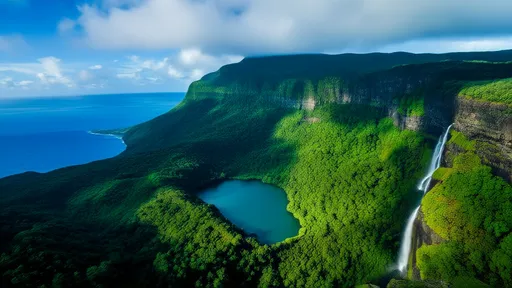
By /Aug 5, 2025

By /Aug 5, 2025
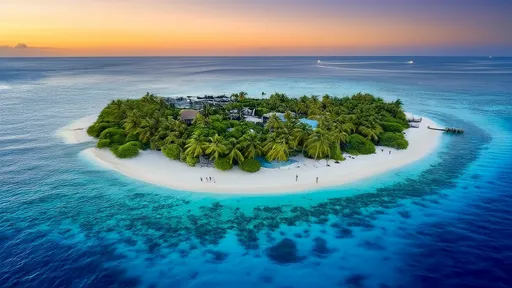
By /Aug 5, 2025

By /Aug 5, 2025

By /Aug 5, 2025

By /Aug 5, 2025
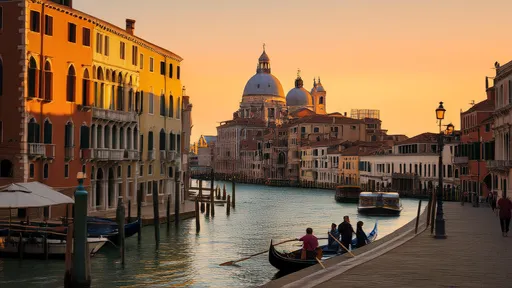
By /Aug 5, 2025

By /Aug 5, 2025

By /Aug 5, 2025